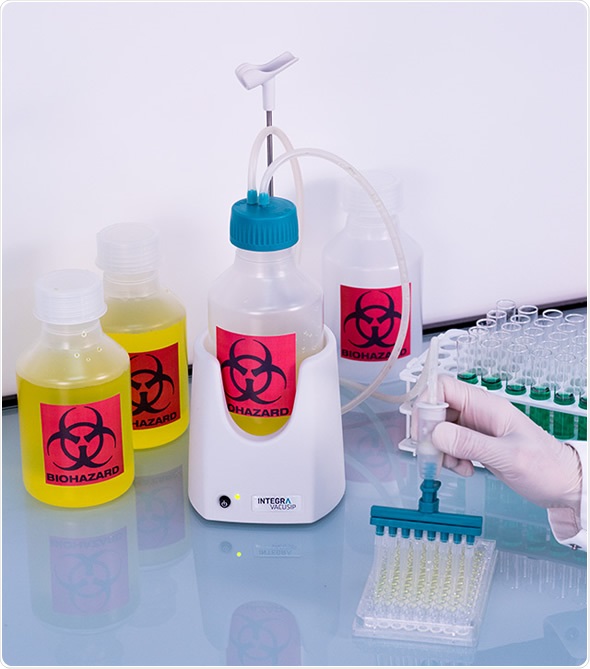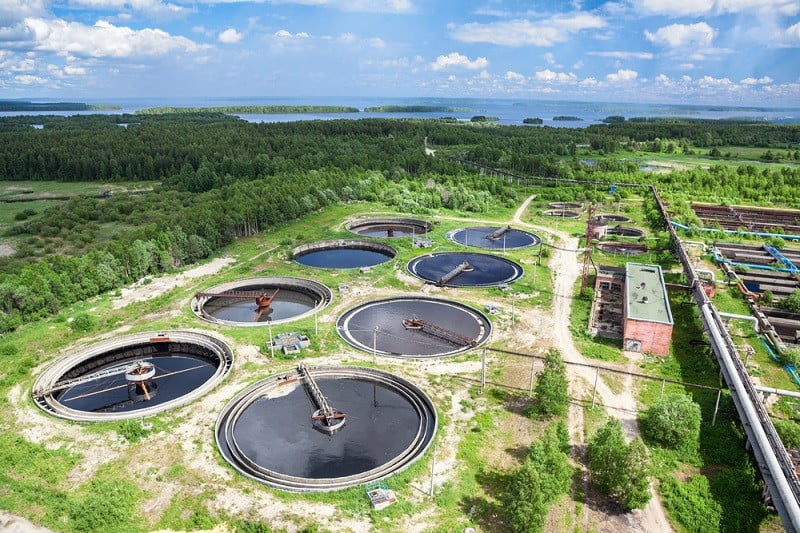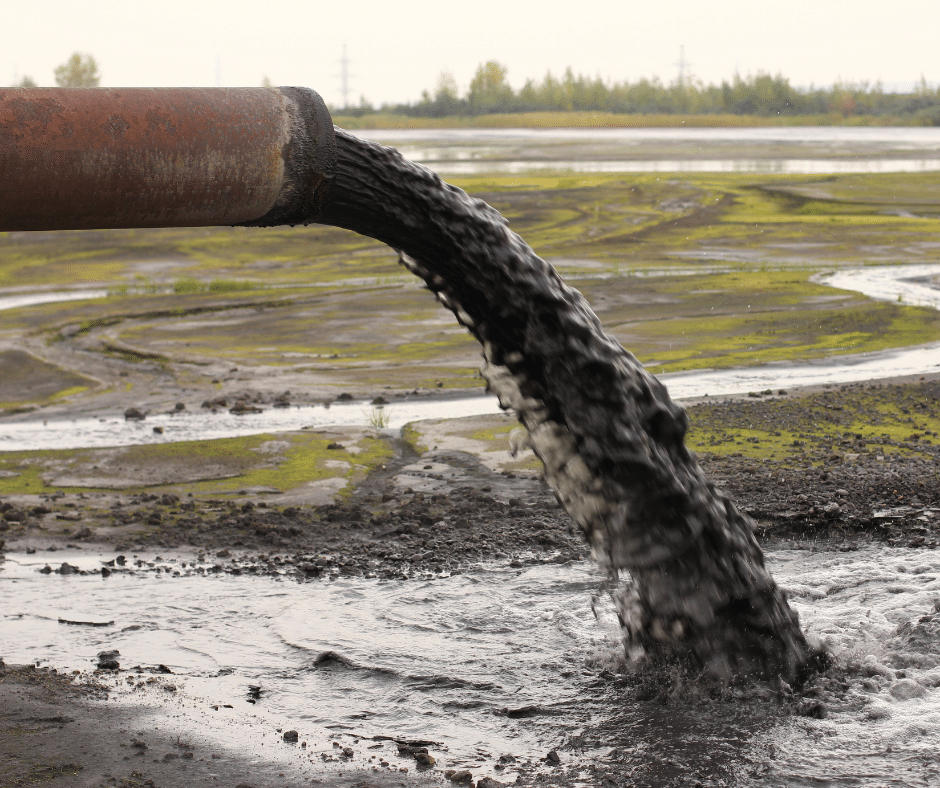Industrial Wastewater Treatment: Advanced Techniques for Effective Administration
Wiki Article
How Fluid Garbage Disposal Works: A Thorough Overview of Strategies and Technologies Used

Overview of Liquid Waste Types
The complexity of liquid waste types requires a comprehensive understanding of their features and effects for disposal. Fluid waste can generally be categorized into several types, consisting of commercial, metropolitan, farming, and dangerous waste. Each group exhibits distinct homes, calling for certain administration techniques to mitigate ecological and health and wellness dangers.
Industrial liquid waste stems from making processes and typically includes a variety of impurities, such as heavy metals, solvents, and natural substances. Local liquid waste, largely consisting of wastewater from households and business establishments, contains natural issue, nutrients, and virus (industrial wastewater treatment). Agricultural liquid waste, including overflow from farms, might include fertilizers, chemicals, and animal waste, posing dangers to water quality and ecosystems
Hazardous fluid waste is characterized by its poisoning, reactivity, or prospective to trigger injury. This classification consists of compounds like acids, bases, and particular chemicals that require strict handling and disposal methods. Comprehending these varied liquid waste kinds is important for developing efficient disposal methods and making sure conformity with ecological policies. Correct classification and characterization are essential for carrying out ideal treatment techniques and lessening the adverse effects on public wellness and the environment.
Physical Therapy Methods

Testing is the preliminary step, where bigger bits and particles are removed from the liquid waste using displays or grates. In sedimentation storage tanks, much heavier bits settle at the base, forming a sludge layer, while the clarified fluid can be additional treated.
Filtering is an additional crucial technique that involves passing the fluid with porous materials, such as sand or membrane layers, to catch smaller fragments. This step boosts the high quality of the liquid, making it ideal for subsequent therapy processes.

Chemical Therapy Techniques
Chemical therapy methods are important for properly handling fluid waste, especially in resolving dissolved and colloidal impurities that physical methods might not properly get rid of. These techniques use various chemical representatives to neutralize, precipitate, or change hazardous compounds right into less dangerous forms.One typical approach is coagulation and flocculation, where chemicals such as alum or ferric chloride are added to promote the gathering of suspended particles. This procedure boosts sedimentation, allowing for much easier elimination of the resulting sludge. Furthermore, oxidation procedures, utilizing representatives like chlorine or ozone, are employed to break down complicated organic substances and pathogens, making the waste much safer for discharge or more therapy.
Neutralization is one more crucial method, which changes the pH of acidic or alkaline waste streams to neutral degrees, protecting against potential harm to downstream systems and the atmosphere. In addition, progressed oxidation procedures (AOPs) utilize combinations of oxidants and ultraviolet light to deteriorate consistent contaminants, attaining a greater degree of therapy efficiency.
Biological Treatment Processes
Biological treatment procedures play an essential role in the monitoring of fluid waste by making use of microbes to decompose raw material and lower contaminant degrees. These procedures can be generally classified into anaerobic and cardiovascular treatments, each employing particular microbial communities to achieve reliable waste destruction.Cardio therapy includes the usage of oxygen to help with the break down of organic materials by bacteria. This procedure is generally carried out in triggered sludge systems, where aeration containers provide a helpful setting for microbial growth, leading to the oxidation of natural pollutants. The resultant biomass can be divided from treated effluent via sedimentation.
In comparison, anaerobic therapy happens in the lack of oxygen, depending on various germs to break down natural matter. This method is specifically helpful for high-strength waste, as it creates biogas, a renewable resource resource, while minimizing sludge manufacturing. Technologies such as anaerobic digesters are regularly utilized in municipal and commercial applications.
Both anaerobic and aerobic organic treatments not just lessen the environmental effect of liquid waste yet likewise promote resource recuperation, making them necessary components of lasting waste administration strategies. Their versatility, effectiveness, and effectiveness support their prevalent implementation throughout various industries.
Arising Technologies in Disposal
Cutting-edge methods to liquid garbage disposal are quickly advancing, driven by advancements in innovation and a raising look at this now emphasis on sustainability. Among these arising technologies, membrane bioreactors (MBRs) have gotten grip for their capacity to combine biological treatment with membrane layer purification, causing my response top quality effluent that can be reused in numerous applications. MBRs enable smaller footprints and more efficient operations compared to standard systems.An additional encouraging growth is making use of anaerobic digestion combined with nutrient recuperation modern technologies, which not just treats liquid waste yet additionally generates biogas and recuperates useful nutrients like nitrogen and phosphorus. This dual benefit improves source performance and reduces ecological influence.
Additionally, advanced oxidation procedures (AOPs) are being taken on for the deterioration of complicated organic pollutants. These approaches use powerful oxidants and catalysts to break down impurities at the molecular degree, using a very efficient option for challenging waste streams.
Moreover, the assimilation of expert system and artificial intelligence in waste administration systems is optimizing functional effectiveness and predictive upkeep, bring about minimized costs and boosted environmental compliance. These technologies show a considerable change in the direction of more lasting and reliable fluid garbage disposal techniques.
Verdict
To conclude, effective fluid waste disposal demands a detailed understanding of different techniques and modern technologies. The integration of physical, chemical, and organic treatment approaches guarantees the reliable administration of diverse waste types. In addition, the development of cutting-edge innovations boosts treatment look at here now efficiency and promotes sustainability in waste administration techniques. By continuously progressing these approaches, it comes to be possible to deal with the expanding challenges connected with fluid waste, eventually contributing to environmental security and source recovery.Liquid waste disposal is a critical aspect of environmental administration, needing a detailed understanding of numerous methods and modern technologies tailored to various waste kinds. Fluid waste can generally be classified into a number of kinds, consisting of commercial, metropolitan, farming, and unsafe waste. Agricultural fluid waste, including runoff from ranches, might have plant foods, chemicals, and animal waste, posturing threats to water quality and ecological communities.
Various physical treatment techniques play an important duty in taking care of fluid waste effectively - industrial wastewater treatment.In conclusion, reliable fluid waste disposal requires an extensive understanding of various methods and innovations
Report this wiki page